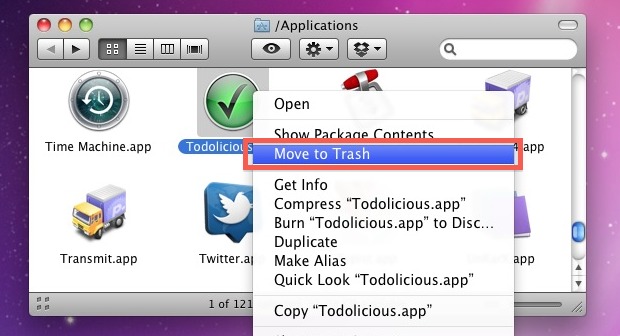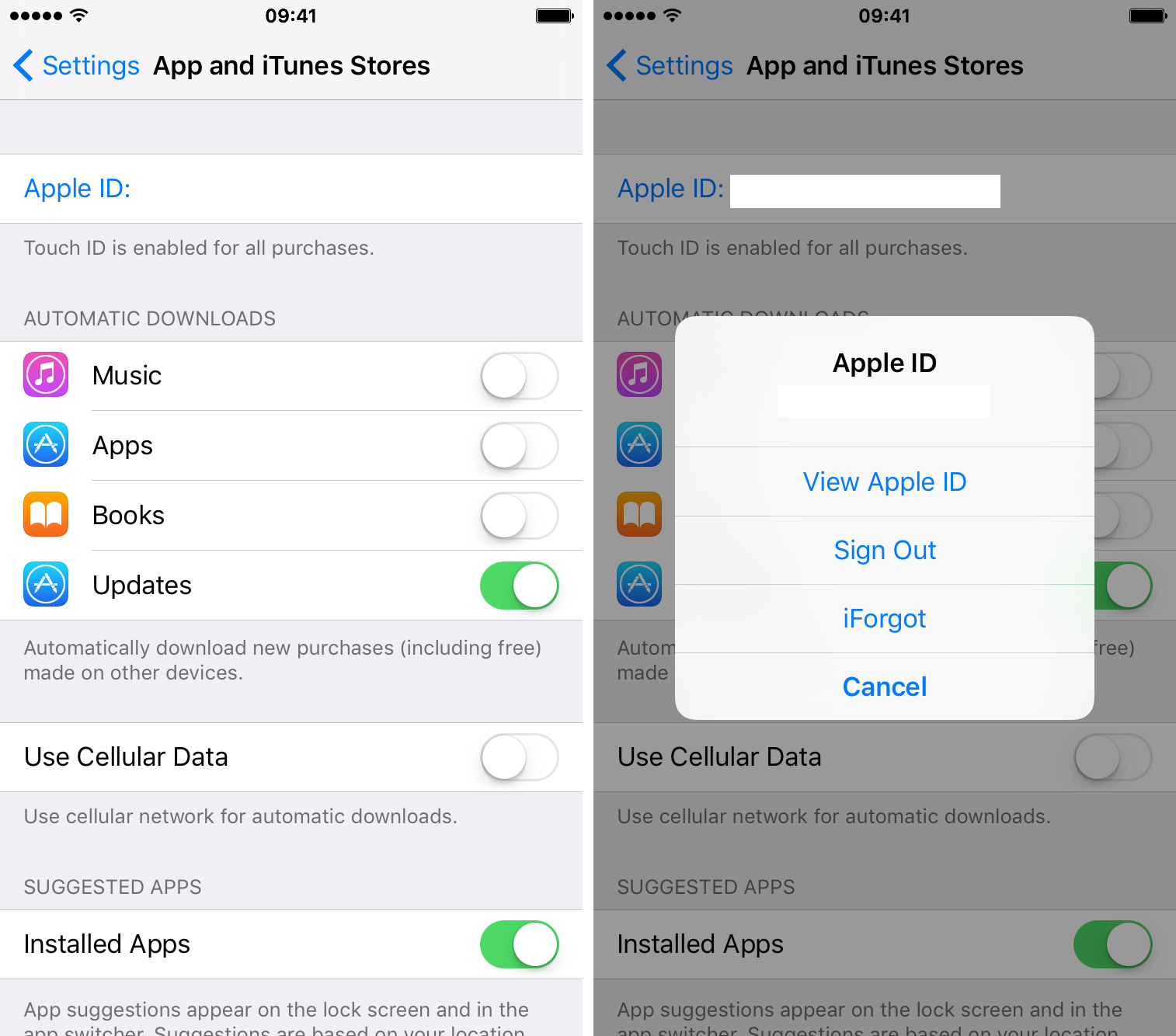Chrome is one of the most widely used web browsers so far. With a full Google Account integration and a rich feature set, Chrome proved to be a gold standard for browsers.
Even so, you may need to uninstall it from your Mac. Maybe you want to switch to another browser or fix some Chrome-related issues. Whatever the reason, you should know how to uninstall it properly.
So, how do I completely remove Chrome from my Mac? Today, I’ll give you a detailed guide on how to do that. You’ll also find out how to clear your browsing data and profile information from Google servers. Let's get started!
This is because apps on your Mac PC are really stubborn and it is than those applications that Windows users have. We have learned the ways here on how to uninstall Microsoft Office on Mac that not just moving your application to your trash but also removing those apps completely from your Mac PC. This is from Kinoni’s support page: macOS Download the uninstaller from here and run it. It will remove all the files from your computer. Remember to close all the applications that use EpocCam, otherwise they are forced to close.
How to uninstall Chrome from Mac manually
When you completely remove Chrome from your computer, you erase your browsing data as well. But it could still store on Google's servers if syncing is on. So first, clear your browsing data from your Google Account and other devices. Here's how to do that:
- If you’re relatively new to the Mac, it may not be immediately obvious as to how you would delete an app—after all, OS X doesn’t come with any sort of uninstaller like Windows does.Removing.
- To uninstall Office for Mac 2011 move the applications to the Trash.Once you've removed everything, empty the Trash and restart your Mac to complete the process. Before you remove Office for Mac 2011, quit all Office applications and make sure there's nothing in Trash that you want to keep. Leave Office applications closed while you go through this process.
How To Fully Remove An App Off Mac Os
RELATED: How to Reset Any Mac App to Its Default Settings. If you absolutely must remove those files (say, if you want to reset an app to its default settings), you can use a handy app called AppCleaner to fully uninstall an app, along with all its extra files. Just launch AppCleaner, search for an application in its main window, and click on.
- Open Chrome and clickat the top right.
- Choose More tools > Clear Browsing Data.
- Select a time range from the drop-down menu (e.g., last hour, last 7 days, all time).
- Check the box next to the data you want to delete.
- Press Clear data.
Quick tip:
Alternatively, paste chrome://settings/clearBrowserData to the address bar and hit Enter. Or use the Shift-Command-Delete key shortcut to open the Clear browsing data window.
Now, it’s time to remove the main app from your computer. First, let’s ensure that the browser isn’t running.
- If Google Chrome is in your Dock, right-click it, and choose Quit.
Or use the Command-Option-Esc keyboard shortcut to open the Force Quit Applications window. Select Chrome and click Force Quit. - Go to the Applications folder to get rid of the app.
- Locate the Google Chrome icon and drag it to the Bin.
- Go to the Bin and empty it.
Finally, you need to eliminate all Chrome service files stored on your hard drive. Follow these steps to find them:
- Use Command-Shift-G key shortcut to open the Go to Folder window. Or head over to the Go menu in the Finder and choose Go to Folder.
- Paste ~/Library/Application Support/Google/Chrome in the window that appears and click Go.
- Select all the folders and trash them. Be careful not to delete any system-critical files.
- Empty the Bin to finish the uninstallation. Done!
Note that even if you thoroughly follow all steps highlighted above, some specific service files, as caches and launch agents, might remain on your computer. To fully get rid of Chrome, I recommend using a dedicated uninstaller. It’ll help you remove the app and all associated data with one shot.
How To Fully Remove Applications From Mac
How to uninstall Chrome with CleanMyMac X
Among various uninstallers for macOS, I go for CleanMyMac X by MacPaw. Anthony Karcz from Forbes called it a ‘toolbox your Mac needs’. Indeed, it’s worth trying out.
The Uninstaller module of CleanMyMac X designed to remove entire applications, including all app-related files. No need to search for them manually. Even if you've already tried to delete the program using conventional steps, CleanMyMac X can locate and remove all leftovers that remain on your system.
To remove Chrome with the Uninstaller module:
- Download CleanMyMac X (free trial available).
- Install and launch the app.
- Go to the Uninstaller tab.
- Check the box next to Chrome.
- Hit Uninstall. Super simple!

See how many service files are there? CleanMyMac X removes those items, all at once. With its help, you can also delete Chrome-related launch agents. One of them is Google Software Update agent that will stay on your Mac even after you've reinstalled Chrome. To get rid of it:
- Run CleanMyMac X.
- Go to Optimization > Launch Agents.
- Select these Chrome relics and press Remove.
Millions of users opt for Google Chrome as their default browser — and for a good reason. But if you need to uninstall it, rely on CleanMyMac X to ensure that no leftovers are left behind. If you want to do that by yourself, use our best manual solutions described above.
If you rush to drag the Adobe programs to Trash, you might fail to uninstall Adobe on Mac or trigger error message. Why? Make sure you have quitted the program from the Dock and Activity Monitor. Moreover, you also need to clean up all the service files, such as caches, logs and other debris still remains on your Mac to completely uninstall Adobe on Mac.
The article shares the methods to uninstall Creative Cloud, Adobe Flash Player, Acrobat Player, and Photoshop completely from your Mac. Besides the complicated processes, Apeaksoft Mac Cleaner is the ultimate method to uninstall Adobe on Mac within clicks.
Part 1: The Ultimate Method to Uninstall Adobe on Mac

Apeaksoft Mac Cleaner is the versatile Adobe uninstaller on Mac. Whether you need to uninstall Adobe applications with ease, or cannot uninstall the files, it is able to have a quick scan, locate and identify files and unneeded clutter on your Mac within one click.
- 1. Uninstall Adobe applications, caches, logs and others within one click.
- 2. Monitor the system performance and keep the Mac in a good state.
- 3. Remove any funk file, old & large file, clutter, shred files and more others.
- 4. Ensure 100% security and speed up the Mac system with ease.
Step 1Download and install Mac Cleaner
Just download and install Apeaksoft Mac Cleaner, launch the program on your Mac. Choose the “ToolKit” menu from the user interface of the program to scan for the installed Adobe applications, such as Adobe Cloud Creative, Flash Player, Adobe Reader and more.
Step 2Scan the Adobe applications on Mac
Click the “Scan” button to scan the Adobe applications as well as the related cache/log and other files on your Mac. It might take a period of time to scan all the files on your Mac computer. Click the “Rescan” button if the files are not available.
Step 3Locate and check the Adobe Application
Click the “View” button, you can check out the scanned applications for Adobe. It includes all the information, such as installer, plist files as well as the others. Of course, you can also enter the name of the Adobe application you want to uninstall from your Mac.
Step 4Uninstall Adobe application on Mac
Once you have selected all the Adobe application as well as the cache files, you can click the “Clean” button to uninstall Adobe application on your Mac. It will clean up all the files that will not cause the compatibility issues even if you have a reinstallation.
Part 2: How to Uninstall Adobe Creative Cloud on Mac
Adobe Creative Cloud on Mac enables you to install the other Adobe programs. In order to uninstall Adobe Creative Cloud on Mac, you have to make sure you don’t have specific programs installed from Creative Studio. Then you can follow the method to uninstall Adobe on Mac as below.
Step 1Quit the Creative Cloud app manager on Mac. Locate the Adobe Creative Cloud in the Menu Bar, right click the app and choose the “Quit” option.
Step 2Locate the uninstaller with the following path: Macintosh HD/Applications/Adobe Creative Cloud/Uninstall Adobe Creative Cloud. Just search for the uninstaller if above location is not available.
Step 3Click the “Creative Cloud Uninstaller” app to uninstall Adobe Creative Cloud on your Mac. Click the “Uninstall” button and enter the administrator password of your Mac to remove the Adobe program.
Step 4In order to remove the leftovers, you can delete service files with the following folder: Adobe Application Manager, Adobe Creative Cloud, Adobe Creative Experience, Adobe Installers, Adobe Sync.
Part 3: How to Uninstall Adobe Flash Player on Mac
Adobe Flash Player is different from the other Adobe programs, which is not displayed on Launchpad or in any folder in the Applications. Instead, you should remove the Adobe Flash Player from System Preference Panes. Here is the detailed process to uninstall Adobe Flash Player on Mac.
Step 1Go to the “System Preferences” on your Mac and locate the “Flash Player” in the bottom. Right click the Flash Player and select the Remove “Flash Player” Preference Pane.
Step 2Open the Finder and go to the Library folder. Locate the following directory: ~Library/PreferencePanes. You can remove the Flash Player subfolder to uninstall Mac Adobe Flash Player in the PreferencePanes folder.
Part 4: How to Uninstall Adobe Acrobat Reader on Mac
Adobe Acrobat Reader on Mac is also available in the Applications. You can follow the similar method to uninstall Adobe Acrobat Reader on Mac. Besides, you should also remove the service files; caches, logs and other debris still remain on your Mac.
Step 1Go to the “Applications” folder in the Finder. Locate the app and remove the Adobe Reader application to the Trash. After that, you can empty the app within the Trash.
Step 2In order to uninstall Adobe Acrobat Reader on Mac completely, you have to remove the caches, logs and more other leftovers that still remain on your Mac.
~/Library/Application Support/Adobe
~/Library/Caches/Adobe
~/Library/Saved Application State/com.adobe.Reader.savedState
~/Library/Caches/com.adobe.Reader
~/Library/Caches/com.adobe.InstallAdobeAcrobatReaderDC
~/Library/Preferences/Adobe
~/Library/Preferences/com.adobe.Reader.plist
~/Library/Preferences/com.adobe.AdobeRdrCEFHelper.plist
~/Library/Logs/Adobe_ADMLogs
~/Library/Logs/Adobe
~/Library/Cookies/com.adobe.InstallAdobeAcrobatReaderDC.binarycookies
Part 5: How to Uninstall Adobe Photoshop on Mac
When you are using Photoshop CC, you have to remove the Adobe Creative Cloud service beforehand. As for Photoshop CS4/CS5/CS6 or Photoshop Elements as the standalone version, you can find the detailed process to uninstall Adobe Photoshop CS5 on Mac as below.
Step 1Go to the following path to remove Adobe Photoshop CS5 via the “Uninstall Adobe Photoshop CS5”. You might also find some unreadable name there. Macintosh HD/Applications/Utilities/Adobe Installers/
Step 2Launch the uninstaller and you can enter the administrator password. Check the “Remove Preferences” if you want to uninstall the Adobe Photoshop CS5 on Mac completely.
Step 3Locate and delete the Adobe Installers and Adobe Utilities with the following path. If you still need the other Adobe Photoshop programs, you should keep them in the folder.
Macintosh HD / Applications / Utilities
Conclusion
What are the best methods to uninstall Adobe programs on the Mac? The article shares the methods to remove the Adobe installers as well as the caches. Make sure all the files are cleaned up in order to avoid the compatibility issues. Of course, you can also use the ultimate Adobe uninstaller tool on Mac to clear the Adobe completely.